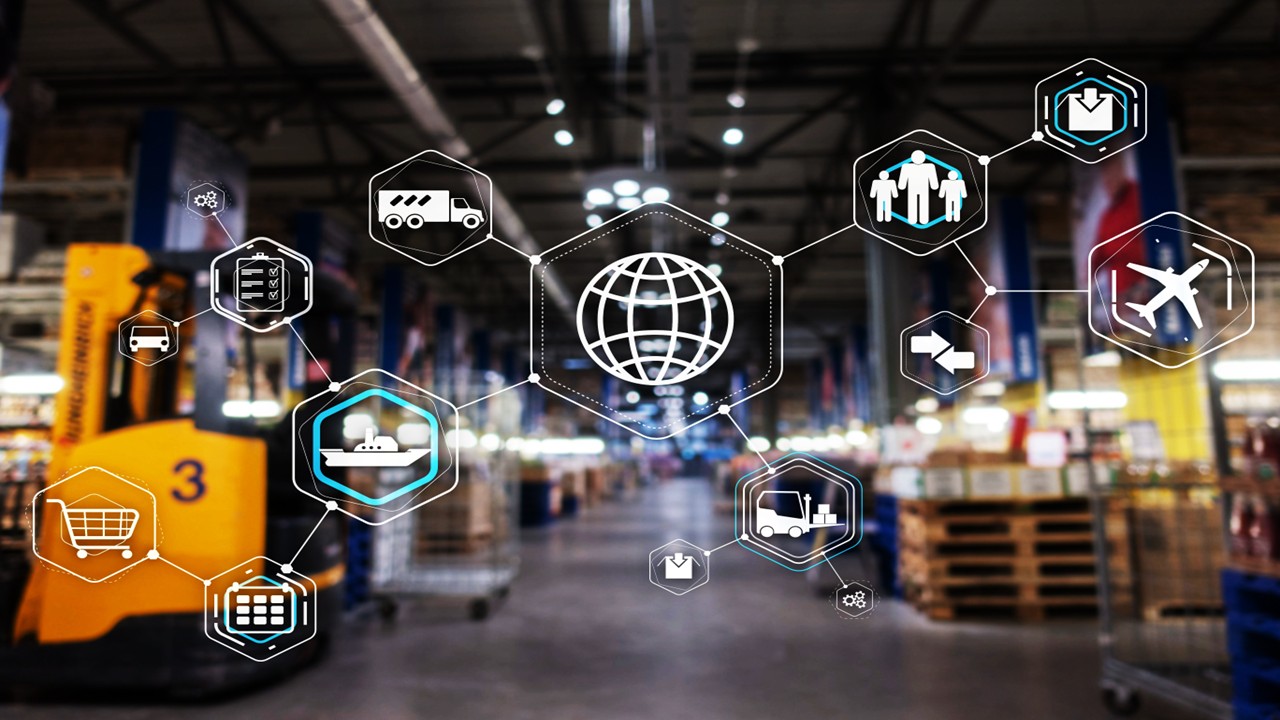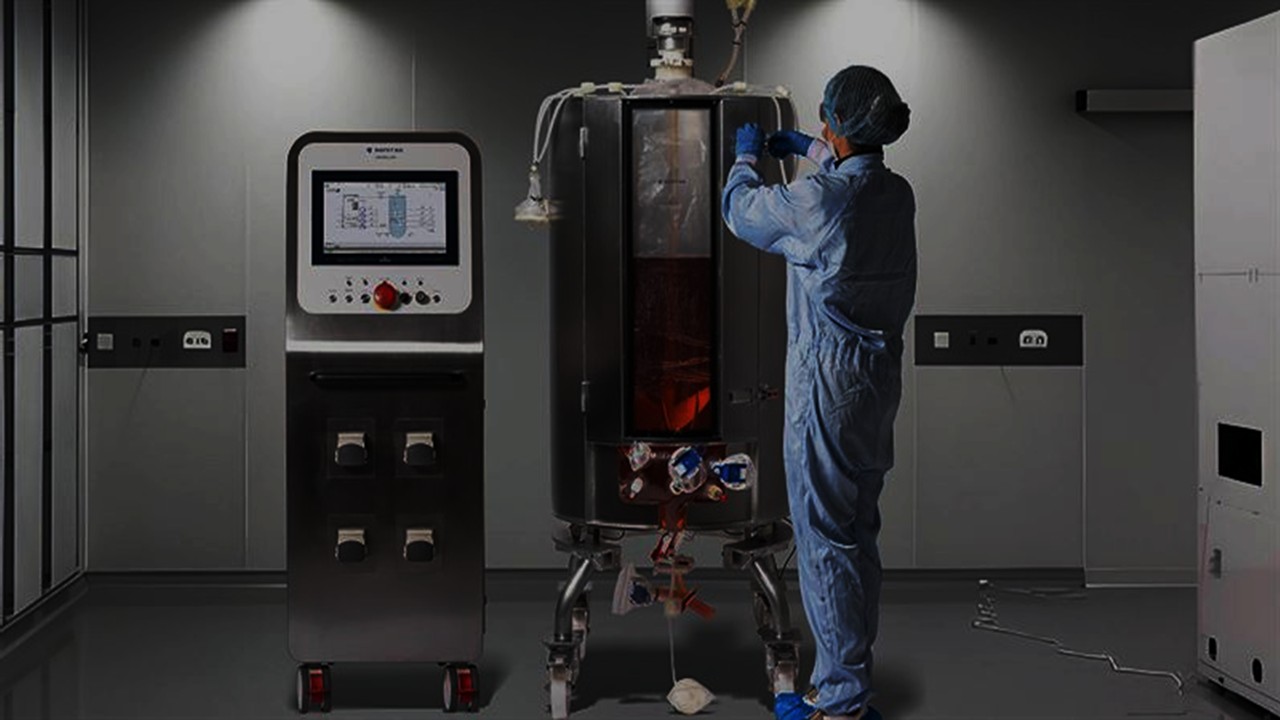The Chemical Industry’s Digital Reckoning
The chemical manufacturing industry is no stranger to complexity. From precision-driven production processes to vast industrial supply chains, this sector is a high-stakes environment where even minor disruptions can have significant consequences. Traditionally, manufacturing systems in this domain have been centralized, often focusing on single-entity operational efficiencies. However, as industrial networks evolve towards greater integration, the decentralized nature of modern supply chains introduces new security vulnerabilities.
With growing cyber threats targeting industrial operations, chemical manufacturers must rethink how they secure their cyber-physical systems (CPS). Ransomware attacks on major chemical firms in recent years underscore the urgent need for robust cybersecurity solutions. Blockchain technology, known for its decentralized, tamper-resistant nature, has emerged as a promising approach to reinforcing CPS security. By leveraging a dual-layer blockchain architecture, researchers have developed a system that enhances both transactional security and real-time equipment communication integrity—critical elements in modern chemical manufacturing.
The Rising Threat Landscape in Chemical Manufacturing
As industrial control systems become increasingly interconnected, cyber threats are no longer abstract possibilities but real dangers that can compromise operational stability. The chemical industry, in particular, faces severe risks due to its reliance on precise manufacturing processes and sensitive intellectual property. Recent cyberattacks on chemical plants have led to significant disruptions, underscoring the vulnerability of traditional security frameworks.
One major challenge is the centralized nature of existing industrial control systems, which makes them prime targets for ransomware and data breaches. Chemical manufacturers handle vast amounts of operational and production data, making unauthorized access and data manipulation significant threats. Unlike other industries where data loss primarily affects financial records, in chemical production, compromised data can result in hazardous material mismanagement, production inefficiencies, or even catastrophic failures.
To address these risks, blockchain technology offers a promising alternative. Unlike conventional security solutions that rely on a single point of failure, blockchain’s decentralized architecture ensures that data integrity remains intact even when portions of a network are compromised. By implementing a dual-layer blockchain system, researchers have devised a method that fortifies both high-level industrial transactions and device-level communication within manufacturing plants.
The Dual-Layer Blockchain Model: A New Paradigm in CPS Security
The proposed dual-layer blockchain architecture introduces a structured approach to securing cyber-physical systems in chemical manufacturing. This framework consists of two interdependent blockchain layers:
1. The Wide-Area Blockchain: Focused on securing transactions and operational data at the industrial supply chain level.
2. The Local Blockchain: Designed to protect internal communication and real-time interactions between manufacturing devices.
The wide-area blockchain functions as a secure ledger for financial transactions, supply chain logistics, and industrial contracts. In contrast, the local blockchain serves as an encrypted communication channel between sensors, machines, and controllers within the manufacturing process. This dual-layer approach ensures that data security is maintained both at the macro level (supply chain management) and the micro level (device communication within production plants).
The architecture also integrates machine-to-machine (M2M) blockchain communication to enable seamless, encrypted data exchange between industrial devices. Each communication transaction between machines is recorded in a blockchain ledger, ensuring that any tampering or unauthorized modifications are immediately detectable. This added layer of security is particularly valuable in preventing malicious interventions in automated production systems.
Enhancing Industrial Transactions with Wide-Area Blockchain
Industrial transactions in chemical manufacturing involve extensive data exchanges, including procurement orders, production schedules, and compliance records. Traditional centralized transaction systems rely on intermediaries for validation, which introduces delays and security vulnerabilities. The wide-area blockchain eliminates these inefficiencies by creating a distributed ledger system where transaction records are securely stored and accessible to all authorized participants.
The transaction process in the wide-area blockchain follows a multi-step verification system. When a manufacturer receives an order, the request is logged onto the blockchain, validated through consensus mechanisms, and added as a secure, immutable block. This ensures that all supply chain participants—including raw material suppliers, manufacturers, and distributors—have real-time access to verifiable transaction histories.
One of the key advantages of this system is its resistance to fraudulent activities. Since all transactions are cryptographically secured and linked through a distributed consensus mechanism, unauthorized modifications are virtually impossible. Additionally, smart contracts can be embedded within the blockchain to automate contract execution, ensuring that payments, deliveries, and compliance requirements are fulfilled without the need for manual oversight.
Local Blockchain: Securing Device-Level Communications
While transactional security is critical, real-time device communication security is equally important in a chemical manufacturing setting. Industrial equipment often relies on sensor networks and programmable logic controllers (PLCs) to regulate chemical processes. However, these interconnected systems are vulnerable to cyber threats, including unauthorized access and data manipulation.
The local blockchain addresses this challenge by creating an encrypted communication framework specifically designed for machine-to-machine interactions. Unlike conventional network security models that depend on firewalls and access control lists, blockchain-based communication records every interaction in a tamper-proof ledger. Each device in the network has a unique identifier, and communication between devices is validated through cryptographic signatures.
The structure of the local blockchain consists of three primary zones:
1. The Public Network Area: Establishes standardized communication protocols across all devices.
2. The Private Area: Functions as an M2M blockchain hub, ensuring encrypted, verifiable device communication.
3. The Device Area: Acts as an intermediary between the public and private zones, facilitating secure data exchange.
Through this architecture, device authentication, communication integrity, and data consistency are maintained without relying on a centralized security authority. The local blockchain also supports real-time anomaly detection, allowing manufacturers to identify and isolate compromised devices before they can disrupt production processes.
Industrial Validation: Performance and Security Testing
To evaluate the feasibility of the dual-layer blockchain model, researchers conducted extensive simulation tests using real production and operational data from a commercial concrete manufacturing company. The primary focus was on three key performance metrics:
1. Transaction Processing Speed: The system demonstrated that transaction creation, block generation, and query response times were completed within milliseconds. This level of efficiency ensures that blockchain implementation does not introduce significant delays in chemical production workflows.
2. Data Security and Integrity: Encryption methods, including asymmetric RSA cryptography, were tested to ensure that only authorized entities could access and modify blockchain records. The study confirmed that even minor alterations in transaction data resulted in complete hash value changes, making unauthorized modifications immediately detectable.
3. System Reliability: Unlike traditional centralized security frameworks, where a single compromised node can disrupt operations, the blockchain-based CPS model ensured that data remained accessible and verifiable across all distributed nodes. This redundancy significantly enhances system resilience against cyberattacks.
The test results indicate that the dual-layer blockchain model meets the stringent requirements of chemical manufacturing environments. By combining high-speed data processing with robust encryption techniques, this architecture provides a scalable solution for securing both industrial transactions and real-time production processes.
The Future of Blockchain in Industrial Cybersecurity
As cyber threats continue to evolve, chemical manufacturers must proactively adopt security solutions that not only protect data integrity but also enhance operational efficiency. The integration of blockchain technology into cyber-physical systems represents a significant leap forward in industrial cybersecurity.
The dual-layer blockchain model outlined in this study offers a blueprint for the future of secure manufacturing. By addressing both supply chain vulnerabilities and device-level security risks, this approach provides a comprehensive solution that can be adapted to various industrial applications beyond chemical manufacturing, including pharmaceuticals, energy, and advanced materials production.
Moving forward, further advancements in blockchain scalability, consensus mechanisms, and interoperability with existing industrial systems will be critical in driving widespread adoption. As blockchain technology continues to mature, its role in securing cyber-physical systems will become an essential component of next-generation industrial automation.
In a rapidly digitizing world, where cyber threats loom large over critical infrastructure, the chemical industry’s ability to safeguard its operations through blockchain-driven security frameworks will define its resilience in the years to come.
Study DOI: https://doi.org/10.3390/pr11092707
Engr. Dex Marco Tiu Guibelondo, B.Sc. Pharm, R.Ph., B.Sc. CpE
Subscribe
to get our
LATEST NEWS
Related Posts

Chemistry, Manufacturing & Controls
The Hydrogen Equation: Rewriting Chemical Manufacturing for a Cleaner Future
Clean hydrogen symbolizes more than low emissions—it represents a commitment to circularity, precision, and regenerative design.

Chemistry, Manufacturing & Controls
The Biomass Imperative: Nature’s Chemical Feedstock for a Post-Petroleum World
The transition from fossil to biomass feedstocks represents more than substitution—it’s a fundamental reimagining of chemical manufacturing’s first principles.
Read More Articles
Mini Organs, Major Breakthroughs: How Chemical Innovation and Organoids Are Transforming Drug Discovery
By merging chemical innovation with liver organoids and microfluidics, researchers are transforming drug discovery into a biologically precise, patient-informed, and toxicity-aware process.
Tetravalent Vaccines: The Power of Multivalent E Dimers on Liposomes to Eliminate Immune Interference in Dengue
For the first time, a dengue vaccine candidate has demonstrated the elusive trifecta of broad coverage, balanced immunity, and minimal enhancement risk,














